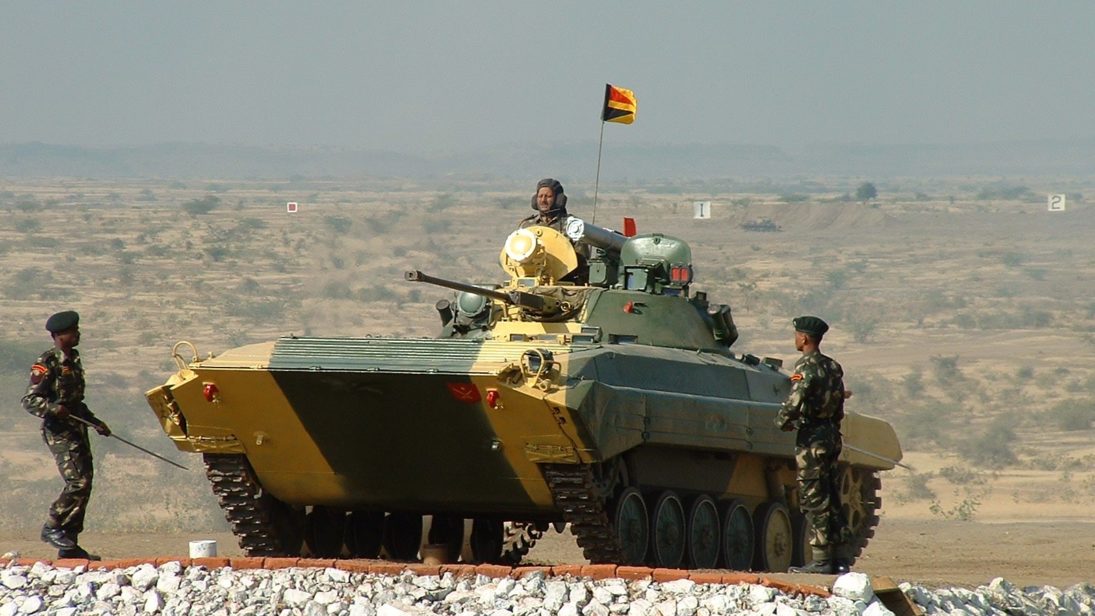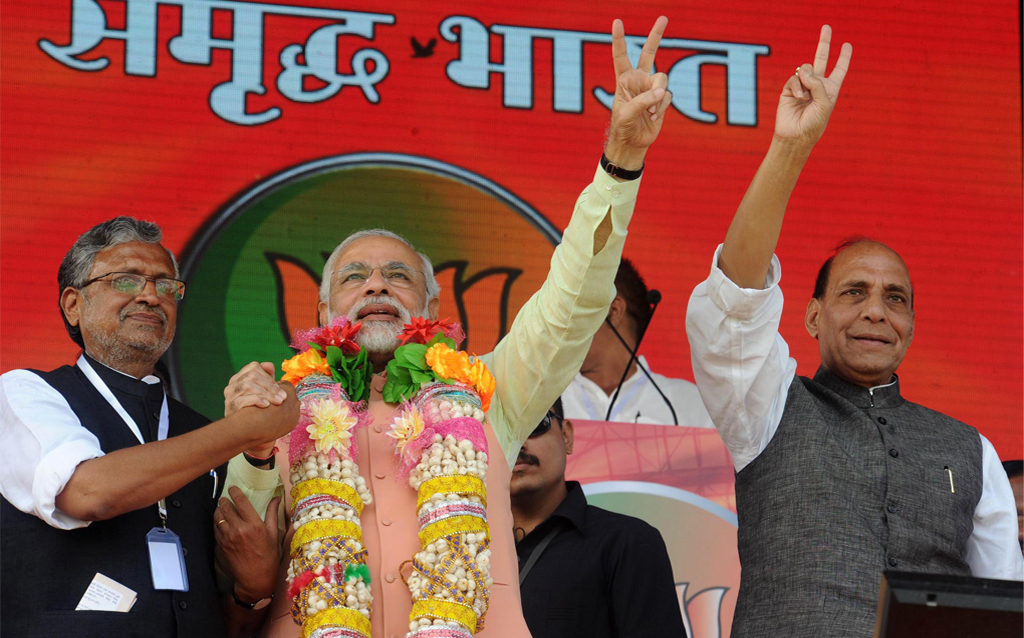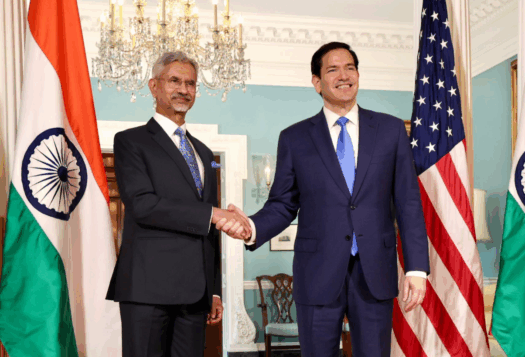
On September 18, militants struck at an Indian Army camp in Uri, causing 18 casualties among the Indian ranks. In the aftermath of the Uri attack, there was widespread speculation about how India would respond, especially considering Indian domestic pressure for a kinetic response. Subsequently, on September 29, India asserted that it had conducted cross-border military operations hitting “terrorist launchpads” across the Line of Control (LoC). This retaliation carries significant repercussions for threshold perceptions and deterrence stability that could lead to a future crisis.
Significant Developments
India’s Director General of Military Operations’ (DGMO) made a very carefully worded statement that needs to be read between the lines. Lamenting the fact that the ceasefire accord of 2004 was not being upheld, he insinuated that the motivation for India’s attack was not a specific retaliation to Uri but a continuous violation of the accords. It is significant that he referred to the launchpads as being “along the line of control” and not “across the line of control” as one would expect if India really conducted operations inside Pakistan-administered territory. Also, the terminology for the operation was “surgical strikes,” which implies that Indian actions were not taken against the Pakistani state or the army but against a violent non-state actor. The statement evinced enough evidence that India was mindful about the escalatory potential—the DGMO’s declaration that the operations had ceased and there was no willingness to carry out any more operations signaled the intention to limit the conflict.
Tacit Understanding?
The DGMO’s statement excluded important details about the Indian strike including the number of casualties, the specific location of the operations, and the military assets involved. For its part, the Pakistani Inter-Services Public Relations (ISPR) did acknowledge engagement with the Indian military with two casualties in the Bhimber, Hotspring, Kel, and Lipa sectors but characterized the engagement as “unprovoked firing on LoC’ which started at 0230 hours and ended at 0800 hours. ISPR also claimed to have inflicted casualties on the Indian side in direct contradiction with the Indian statement which claimed no casualties at all. Notably, neither side has released any images or video footage that could confirm its side of the story.
This begs the question: have both sides reached a tacit understanding not to present any proof in order to maintain an element of deniability after the event? The Pakistani side can assert that it was not a “surgical strike,” thus avoiding domestic pressure to escalate the conflict. On the Indian side, the action quenched the thirst for a military response from Prime Minister Modi’s constituency. The narrative of a surgical strike has burnished his credentials as a strong leader at a time when the economy has underperformed (particularly exports) and have boosted the electoral prospects of his party in the upcoming elections in Uttar Pradesh, which are crucial for the Bharatiya Janata Party to gain a majority in the Rajya Sabha.

Change in Threshold Perception
Kashmir has seen a low-level equilibrium of violence despite the 2003 ceasefire agreement. During 2014-2015, skirmishes along the LoC were followed by heavy cross-border firing and shelling. Despite this, conventional deterrence largely operated successfully, and subsequently, de-escalation occurred. It seemed that India had hitherto reconciled itself to this low-level equilibrium conflict within the Valley.
Until now, the threshold perception for India seemed to be high in the Kashmir Valley and low for the rest of India, especially concerning major towns and cities. After the 2008 Mumbai attacks, in most cases, including those of Uri and Pathankot, the assailants were armed with almost the same equipment (AK-47s and GPS sets) but focused on attacking military installations. This was probably based on the logic that attacks that avoid causing a high number of civilian casualties would not provoke a strong reaction from India. However, a series of terror strikes over a period of time including Udhampur, Gurdaspur, Pathankot, and now Uri have demonstrated that thresholds have a finite longevity. The current unrest in Kashmir, fierce public debates on both sides, and a series of attacks on military installations seem to have decisively lowered the threshold perception even with respect to the Kashmir Valley.
Trigger for Escalation
If one assumes that Pakistan was complicit in the Uri attack, India’s reciprocation implies that there is now a potential change in the rules of engagement. This could have dangerous implications for the future, even if escalatory risks have been contained for the present.
Since the strike was carried out within ten days of the Uri attack, it has conveyed the specificity of the signal (retaliation) from India both to the Pakistani state and to an Indian domestic audience. This has set a kind of precedent to be followed in future attacks; therefore, the expectations from the Indian public would be similar when the next such crisis happens.
The threat that looms over South Asia is that escalation may come independently from sub-state actors within Pakistan. But India could attribute any such attack to the Pakistani state and may be compelled to undertake a response as a counter-reaction, such as the recent strikes. Thus, when the next attack is launched, a lowered threshold perception, combined with the pressure for sensational action, could lead to a higher potential for deterrence break-down than before.
***
Image 1: cell105, Flickr
Image 2: Narendra Modi, Flickr


